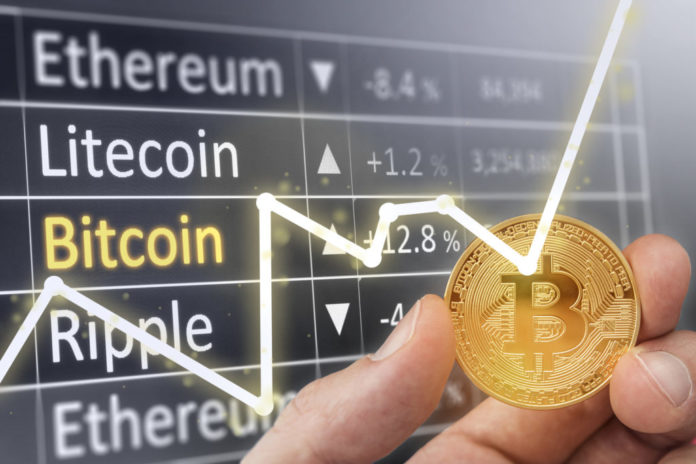
Since the emergence of Bitcoin in 2009, the world has continued to show growing interest in digital assets especially cryptocurrencies. Bitcoin and cryptocurrency mining has relentlessly continued to offer an opportunity for semiconductor manufacturers. Once thought as a fad, now big companies are entering the sector and are producing mining processors that use less electricity and increase the mining speed. Until recently, Bitcoin and altcoins such as Ethereum, and Litecoin need to be mined and the process was facilitated with expensive machines that would use up so much electricity.

The mining computers run complex mathematical equations and advanced algorithms in order to verify transactions and keep a running ledger. To buy a mining rig, you will have to part with between $3,000 and $10,000. In low-cost utility markets, it will take a minimum of $3,000 to mine a single Bitcoin.
The ASIC Arms Race
As demand for Bitcoins increase, semiconductor manufacturers are in a race to produce cheaper, more powerful, and energy efficient mining rigs. The spike in AMD and Nvidia shares in 2017 partly led to the increase in the price of Ethereum, which increased its demand. These led to a temporary shortage of certain graphic cards due to demand from Ethereum miners, and the crypto demand shot up to $875 million.
Bitcoin remains a volatile cryptocurrency as witnessed in December 2017 where its value fell sharply, but it remains an equipment-intensive industry. According to Bloomberg, Canaan Inc., one of the leading cryptocurrency mining rig suppliers is looking to raise $2 billion in its upcoming IPO, and it reported that it sold over 300,000 mining rigs in 2017 alone.

The semiconductor market is under immense influence from cryptocurrencies that Taiwan Semiconductor Manufacturing Company (TSMC) decreed that there would be uncertainty over mining of cryptocurrencies. Their ASIC mining chips accounted for 4.5% of their total revenue, $900 million in the third quarter of 2017.
Big Brands Gearing Up For ASIC Semiconductor Production
In January 2018, Samsung announced its entry in the ASIC chips manufacture, but could not disclose their customers. While it is nothing compared to the production of phone semiconductors, their entry goes to show the influence of Bitcoin and other cryptocurrencies in the market. The other big name set to make entry onto the ASIC semiconductor production market is Intel. However, they have announced hitch in production and miners can expect its 10nm units in 2019.
ASIC semiconductors existed before the emergence of cryptocurrencies, but they were low in volume and more expensive than they are today. According to Patrick Moorhead, president and founder of Moor Insights and Strategy, the only way for prices to fall is to reduce the production cost of the chips that are solely manufactured in semiconductor fabrication plants with a mix of performance, power, or price.
In an article posted on Chief Executive, he adds that with the right fab process node, at the right semiconductor fabrication, ASIC miner ship manufacturers could drive down the cost of the ASIC machines. Ultimately, the cost of mining would come down for everyone. Many industry experts regards the high energy costs used in mining Bitcoin is its only undoing, and it is projected that mining it could consume 7.7 gigawatts by the fourth quarter of 2018, which is approximately half the electricity consumed in the world.
10,041 total views, 3 views today





